1. Manna

Manna, the food that fell from the heavens in biblical times, is often referred to as an ancient superfood. Thought to be a miracle sustenance for the Israelites wandering in the desert, it’s believed to have been a sweet, honey-like substance, possibly derived from the sap of certain desert plants. Manna was highly prized and deemed a divine gift, which made it incredibly valuable during its time shares BBC.
As a food source, manna was said to have incredible health benefits, offering a blend of carbohydrates and sugars. While its exact nature is debated by scholars, its revered status in ancient cultures is undeniable, with some believing it had restorative properties for the body and soul alike. The rarity and perceived sanctity of this food elevated its worth to the point that it was cherished more than gold in its time adds Wikipedia.
2. Saffron
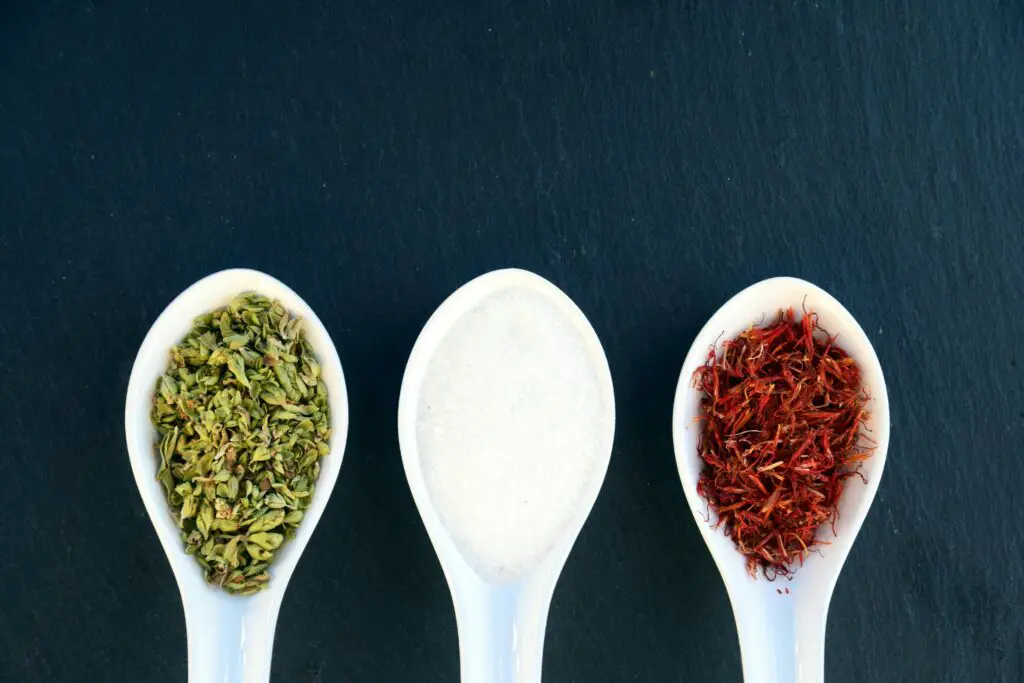
Known today as the most expensive spice in the world, saffron was once considered more valuable than gold. In ancient times, it was used not only for flavoring food but also for medicinal and cosmetic purposes. The labor-intensive process of harvesting the delicate threads from crocus flowers made it rare and difficult to obtain, further increasing its value shares Healthline.
People believed saffron had numerous health benefits, from aiding digestion to soothing the mind. It was also used as a powerful dye, turning fabrics a rich, vibrant yellow that signified wealth and royalty. Because of its rarity and wide range of uses, saffron was treasured by ancient civilizations, including the Egyptians, Greeks, and Romans, who valued it far beyond gold explains the NIH.
3. Quinoa

Quinoa was considered the “mother of all grains” by the Incas and was once so valuable that it was reserved for royalty and sacred rituals. Grown in the high Andes Mountains, quinoa thrives at high altitudes, which made it an extremely valuable crop in ancient South America. Its high protein content and numerous health benefits made it a prized food source for the Incas, who believed it gave them strength and endurance.
Rich in amino acids, fiber, and essential vitamins, quinoa was regarded as a superfood due to its nourishing properties. It played a central role in the ancient Incan diet and was even used as a sacred offering to the gods. For the Incas, quinoa was not only a vital source of sustenance but also a symbol of prosperity, often regarded as more valuable than gold.
4. Goji Berries
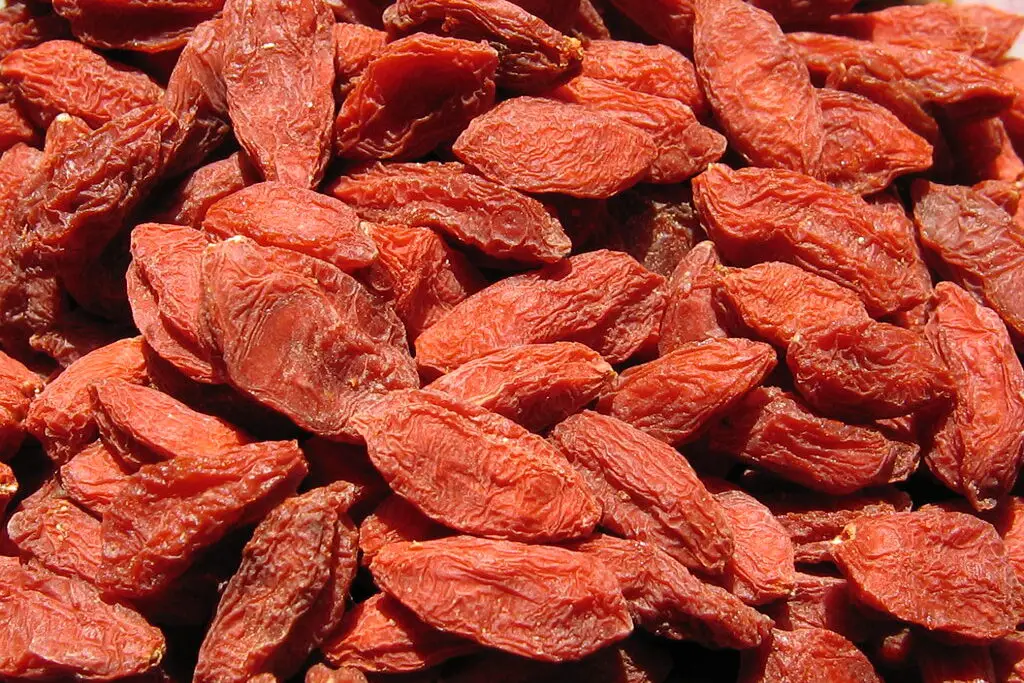
Goji berries have been used for centuries in traditional Chinese medicine, revered for their supposed ability to promote longevity and vitality. Known as “red diamonds,” these berries were once considered a form of currency in some parts of ancient China. Their rich concentration of antioxidants, vitamins, and minerals made them a go-to remedy for a variety of ailments.
Believed to enhance energy, improve skin health, and boost the immune system, goji berries were a highly sought-after superfood. Ancient Chinese emperors used them to maintain their youth and strength. The berries’ rarity and healing properties made them one of the most valuable foods in ancient times, even surpassing gold in some cultures.
5. Silphium
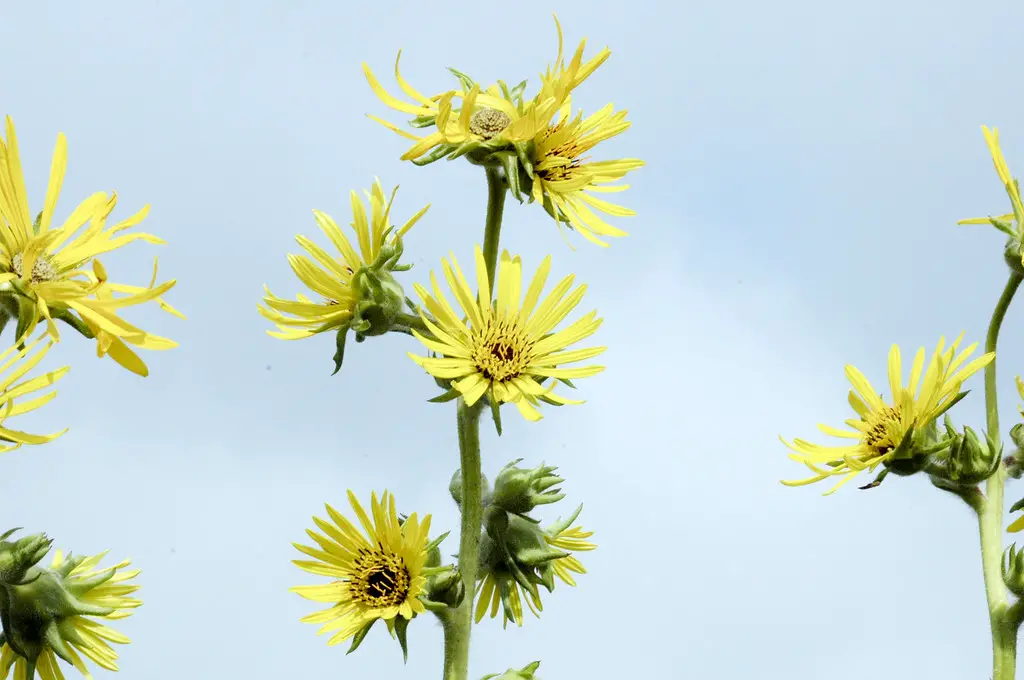
Silphium was an ancient plant that was highly prized in the Mediterranean world, particularly by the Greeks and Romans. The plant’s resin, which was used as a spice and medicine, was so valuable that it was worth its weight in silver. Silphium was believed to have a wide range of health benefits, from curing ailments to acting as an aphrodisiac.
Its popularity was so great that it became one of the most sought-after goods in the ancient world. Unfortunately, due to overharvesting, silphium became extinct by the first century AD. The loss of this miraculous plant left a void that could never be filled, and its worth was forever etched in the annals of history.
6. Cacao
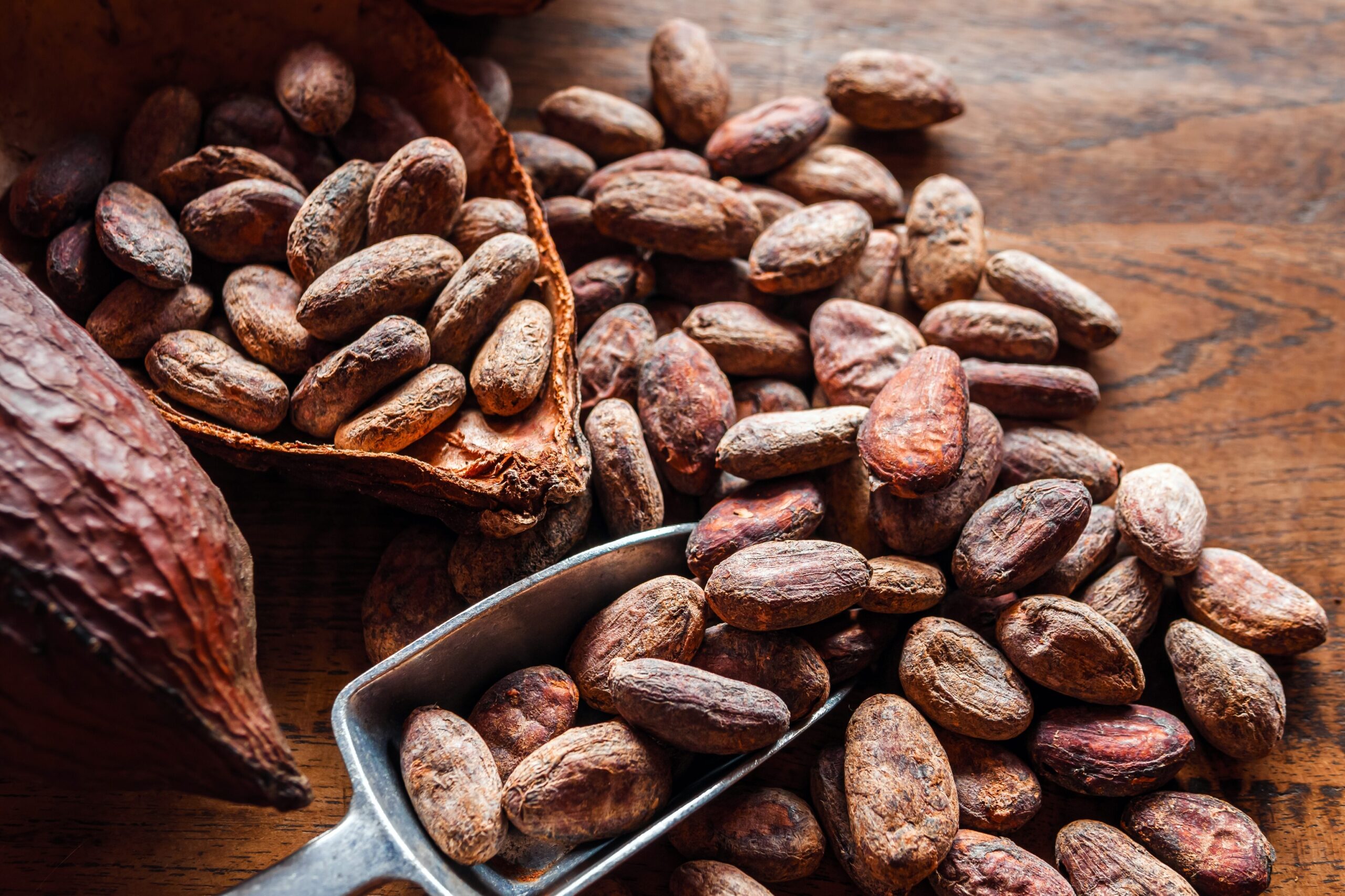
Cacao, the foundation of chocolate, was once used as currency by ancient civilizations, including the Maya and Aztecs. The beans were considered sacred and were traded as a form of currency, often more valuable than gold. The rich, bitter taste of cacao was believed to have numerous health benefits, including increasing energy and boosting the immune system.
In Aztec culture, cacao was so highly valued that it was reserved for royalty and the elite. It was also believed to be a gift from the gods, with ceremonial drinks made from cacao being consumed during rituals. The use of cacao as a superfood was as much about its cultural significance as its nutritional value, making it an ancient treasure that exceeded gold in worth.
7. Honey
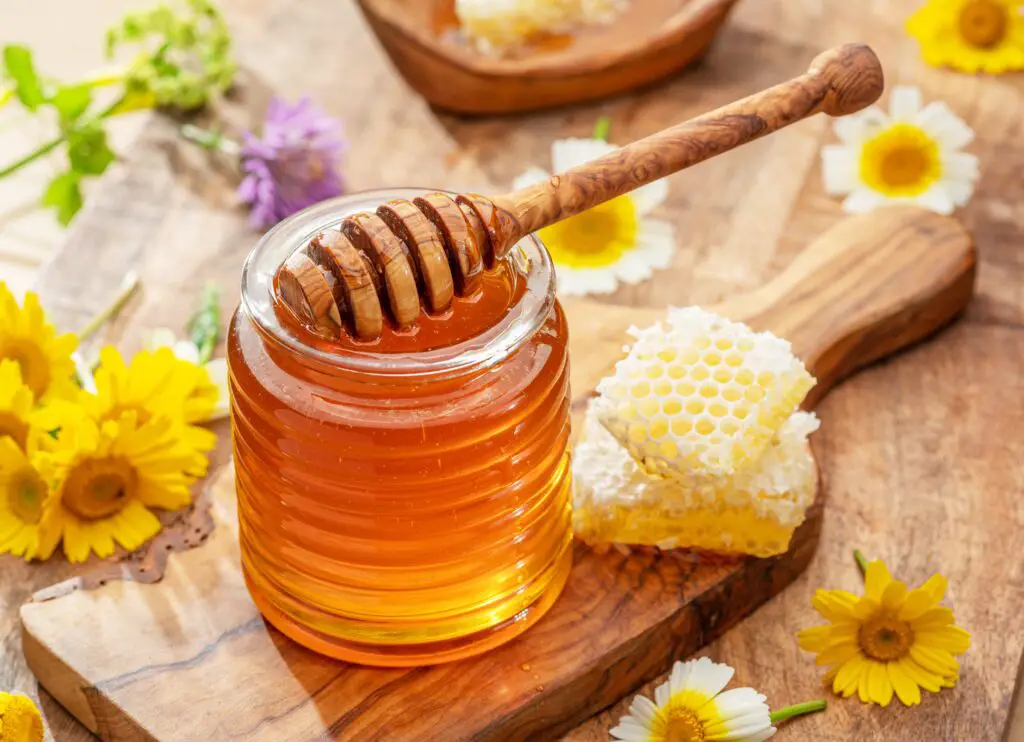
Honey has been revered as a medicinal and sacred food for millennia, prized not only for its sweetness but also for its healing properties. Ancient Egyptians, Greeks, and Romans used honey for a variety of purposes, from treating wounds to improving digestion. It was also believed to prolong life, with some cultures associating honey with immortality.
The rarity of high-quality honey and its association with the gods made it more valuable than gold in many ancient civilizations. Honey was often used as a form of payment or offered as a tribute to the gods. Its worth transcended its sweetness, earning it a place as one of the most cherished and valuable substances in ancient times.
8. Black Pepper
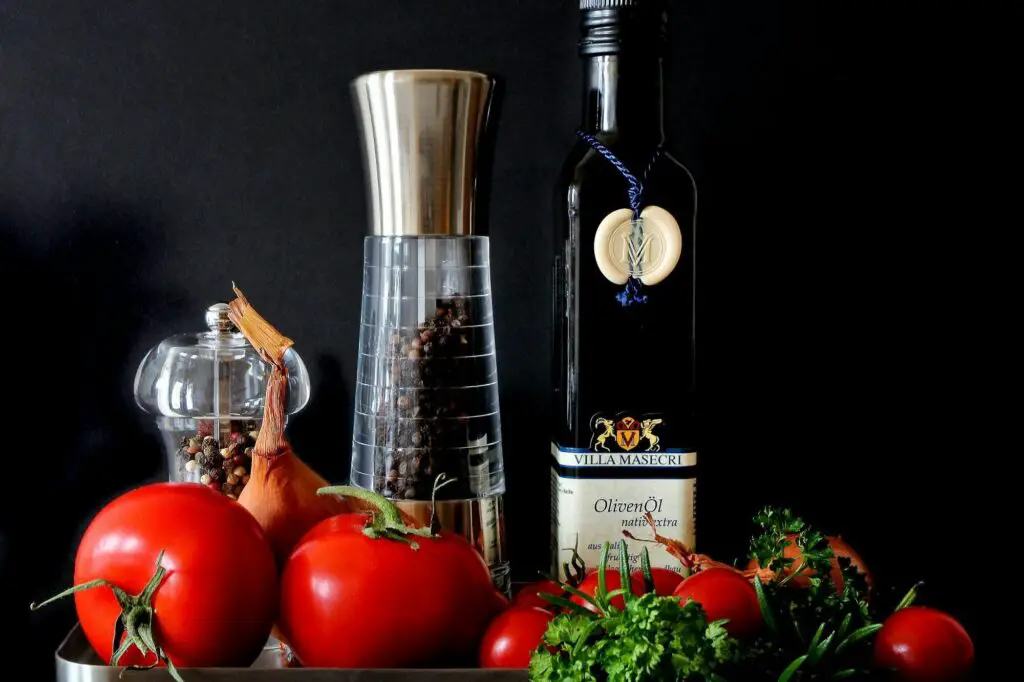
Black pepper was once referred to as “black gold” due to its immense value in ancient trade. Originating from India, this spice was so prized that it was used as a form of currency in some parts of the world. The Romans, in particular, saw black pepper as a symbol of wealth and luxury, and it was considered more valuable than gold by many.
Used to add flavor to dishes and as a preservative, black pepper was an essential ingredient in many ancient kitchens. Its ability to preserve food, along with its health benefits, made it a superfood of sorts. Throughout history, its value has fluctuated, but at its peak, black pepper was worth its weight in gold, being traded across continents and treasured by cultures.
9. Ginseng
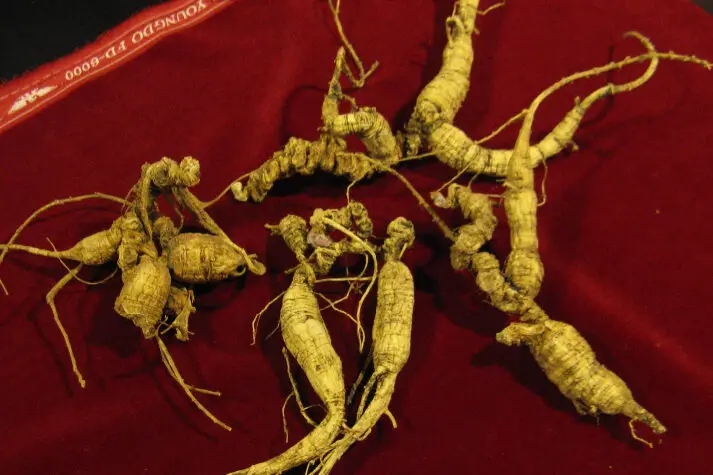
Ginseng, often called the “king of herbs,” has been used for centuries in Asia and North America for its purported health benefits. Its roots, particularly the rare wild varieties, were once so highly sought after that they were considered more valuable than gold. Ancient cultures believed ginseng could increase energy, improve stamina, and promote overall well-being.
The plant’s rarity and medicinal properties made it a symbol of health and longevity. Ginseng was used by emperors in China as an elixir for youth, and its powerful effects on the body made it a prized commodity. Even today, it remains a highly valued superfood, though its worth has evolved over time.
10. Acai Berries
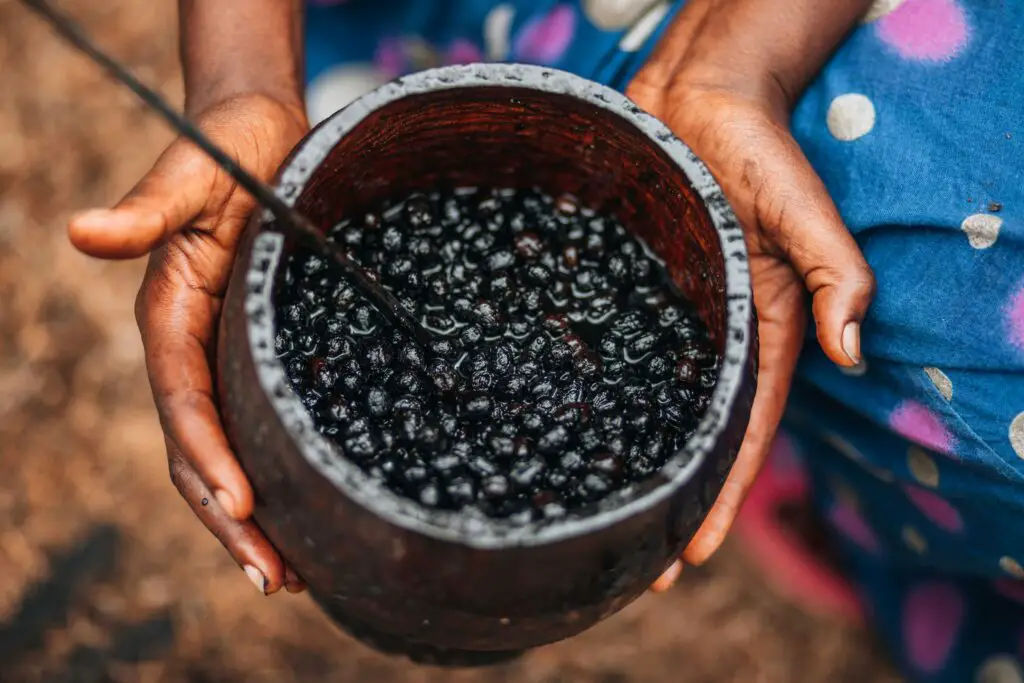
Acai berries, often touted as a modern superfood, have ancient roots in the Amazon rainforest. These small, purple fruits were once considered so sacred that only tribal chiefs and high priests were allowed to consume them. Rich in antioxidants, fiber, and healthy fats, acai was prized for its ability to increase energy and improve health.
The indigenous people of the Amazon valued acai not just for its nutritional benefits but for its spiritual significance as well. Acai was believed to be a gift from the gods, and its consumption was tied to rituals and ceremonies. Over time, its health benefits became widely recognized, and it remains one of the most valuable superfoods in the world today.
11. Aloe Vera
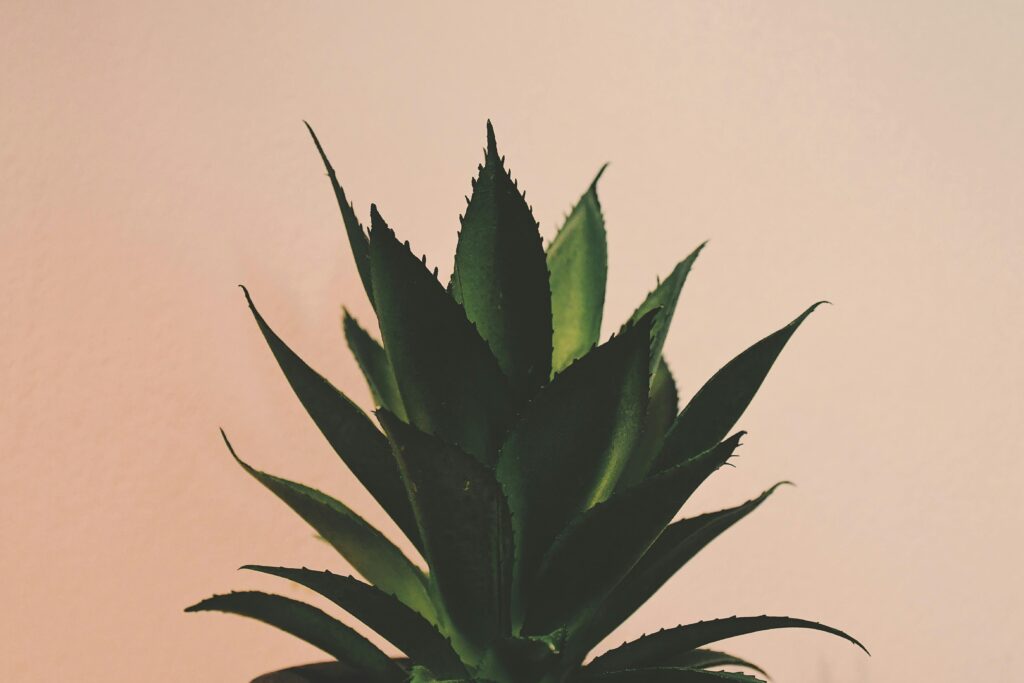
Aloe vera was once considered a miracle plant by ancient Egyptians, who used it for both medicinal and cosmetic purposes. Known for its ability to heal wounds and soothe burns, aloe vera was so revered that it was often included in the tombs of pharaohs as a symbol of immortality. The plant’s gel was believed to have a wide range of healing properties.
In addition to its medicinal uses, aloe vera was also applied as a beauty treatment by the ancient elite. Cleopatra was said to use aloe vera regularly to maintain her youthful appearance. This dual purpose made aloe vera more valuable than gold in many ancient cultures, especially in Egypt, where it was considered a symbol of life and rejuvenation.
12. Turmeric

Turmeric, a vibrant yellow root native to Southeast Asia, has long been considered a sacred and powerful herb in Ayurvedic medicine. Ancient cultures prized it for its healing properties, particularly its ability to reduce inflammation and improve digestion. In India, turmeric was used in religious ceremonies, and its golden hue was seen as a symbol of wealth and prosperity.
The health benefits of turmeric were recognized long before they became popular in the West. It was used not only as a spice but also as a remedy for various ailments, including skin conditions and digestive disorders. Due to its medicinal properties and spiritual significance, turmeric was once valued as highly as gold in some parts of the world.
13. Spirulina
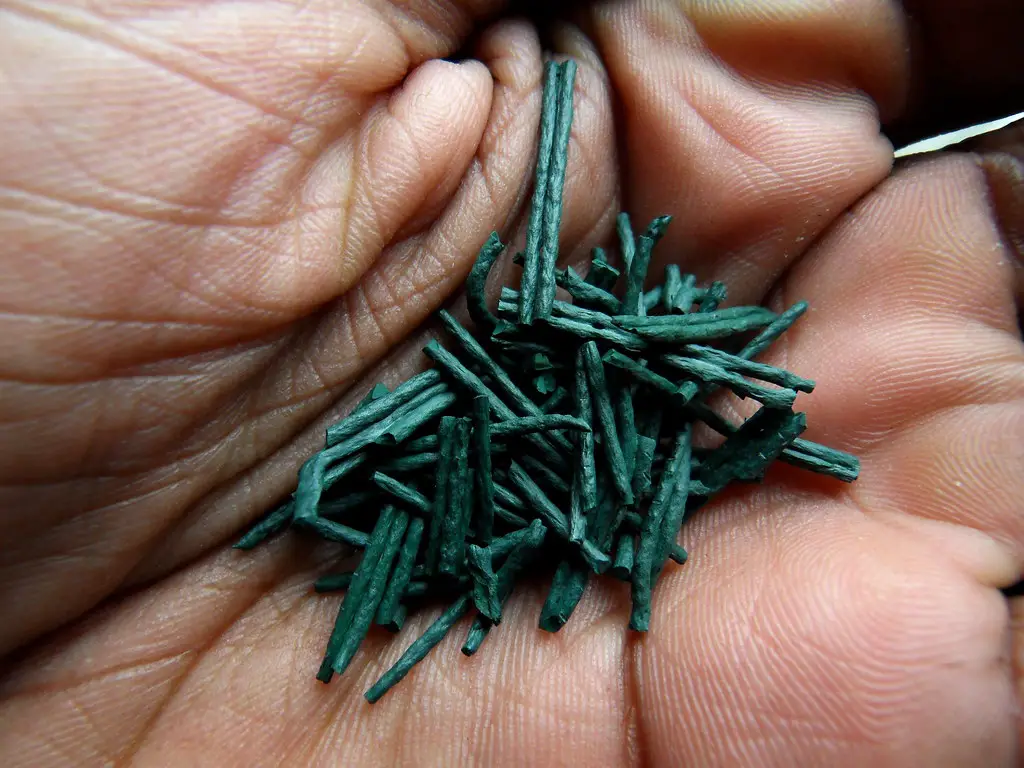
Spirulina, a blue-green algae, was consumed by ancient civilizations like the Aztecs and the Mayans for its impressive nutritional value. Packed with protein, vitamins, and minerals, spirulina was revered for its ability to increase energy and promote health. In the Aztec Empire, it was collected from freshwater lakes and used as a daily supplement.
The rich nutrient profile of spirulina made it a superfood that was essential for survival in the harsh climates of ancient Mesoamerica. The algae was so valuable that it was sometimes traded for gold and other precious goods. Its potent health benefits made it one of the most sought-after foods in ancient times.
14. Chia Seeds
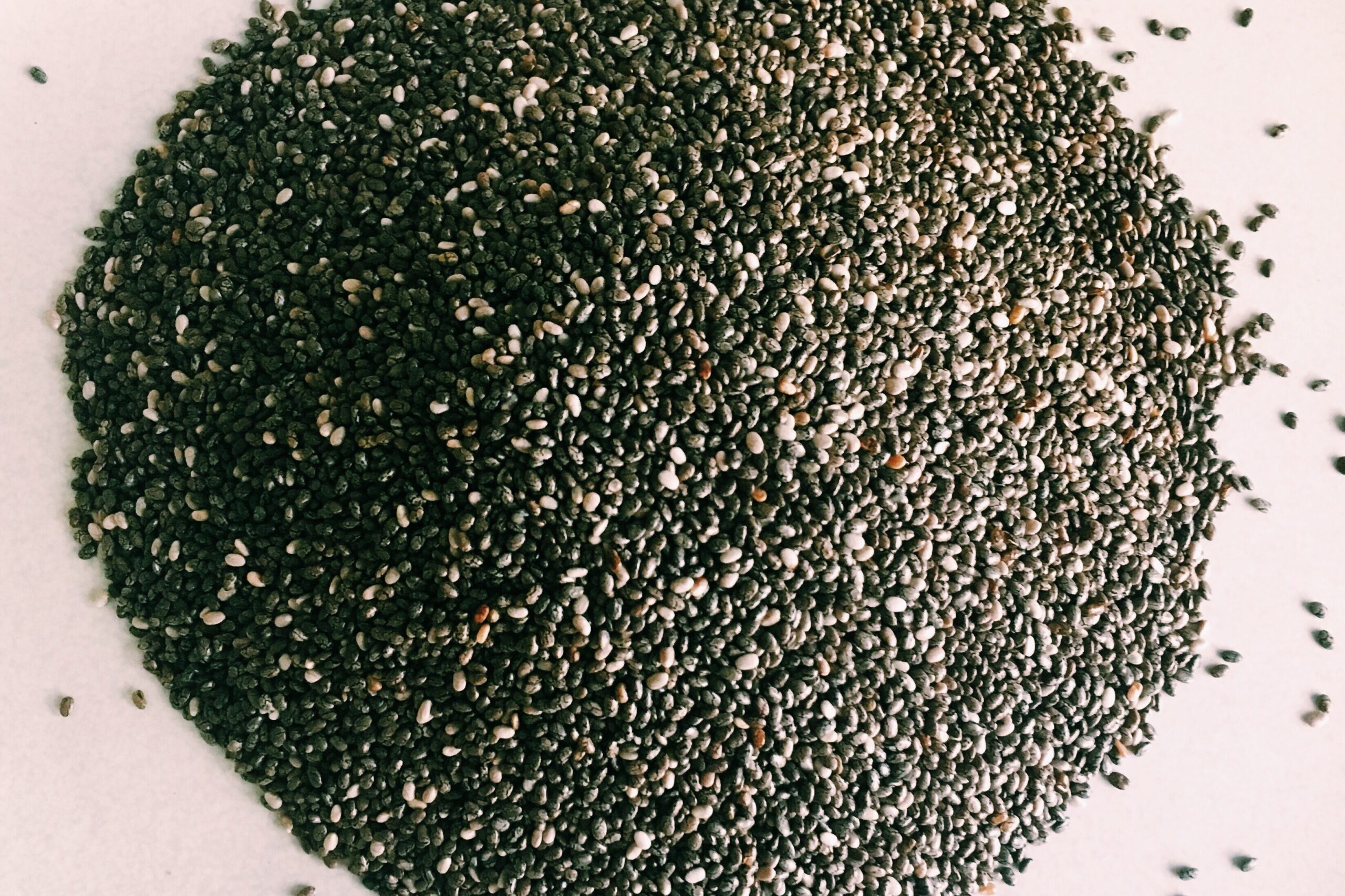
Chia seeds, native to ancient Mesoamerica, were considered a sacred food by the Aztecs and Mayans. They believed chia had powerful energy-boosting properties, making it an essential food for warriors and travelers. Chia seeds were used to enhance endurance and physical strength, often consumed in drinks or as part of meals.
These tiny seeds were packed with nutrients, including omega-3 fatty acids, protein, and fiber. They were so valuable that they were often offered as tributes to gods and rulers. Due to their health benefits and energy-giving properties, chia seeds were once regarded as more valuable than gold by the civilizations that cultivated them.
